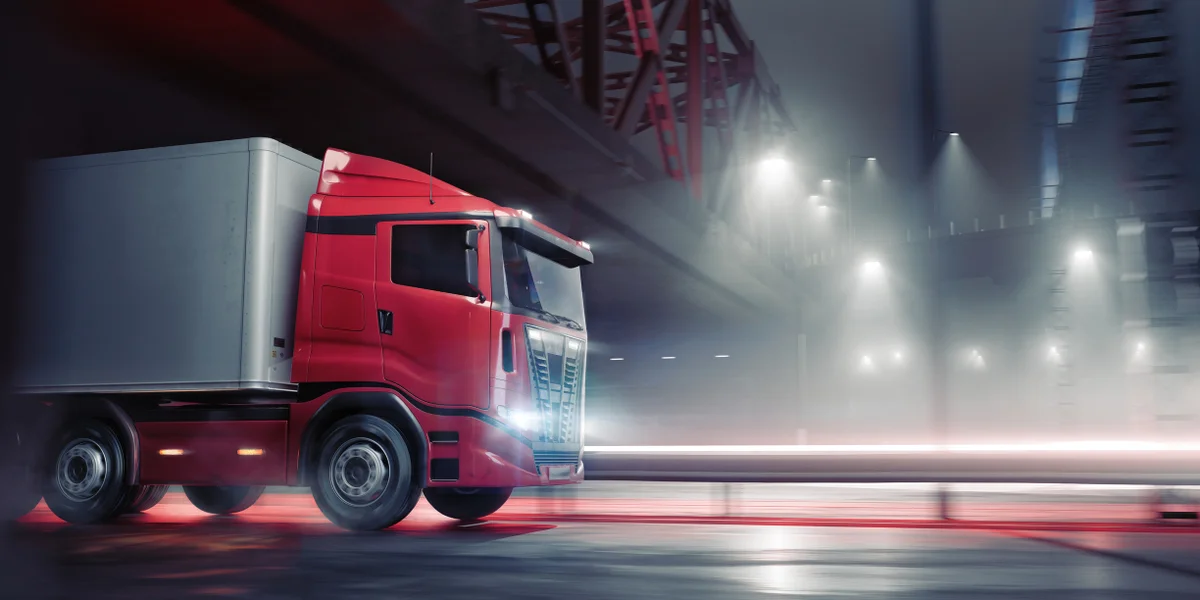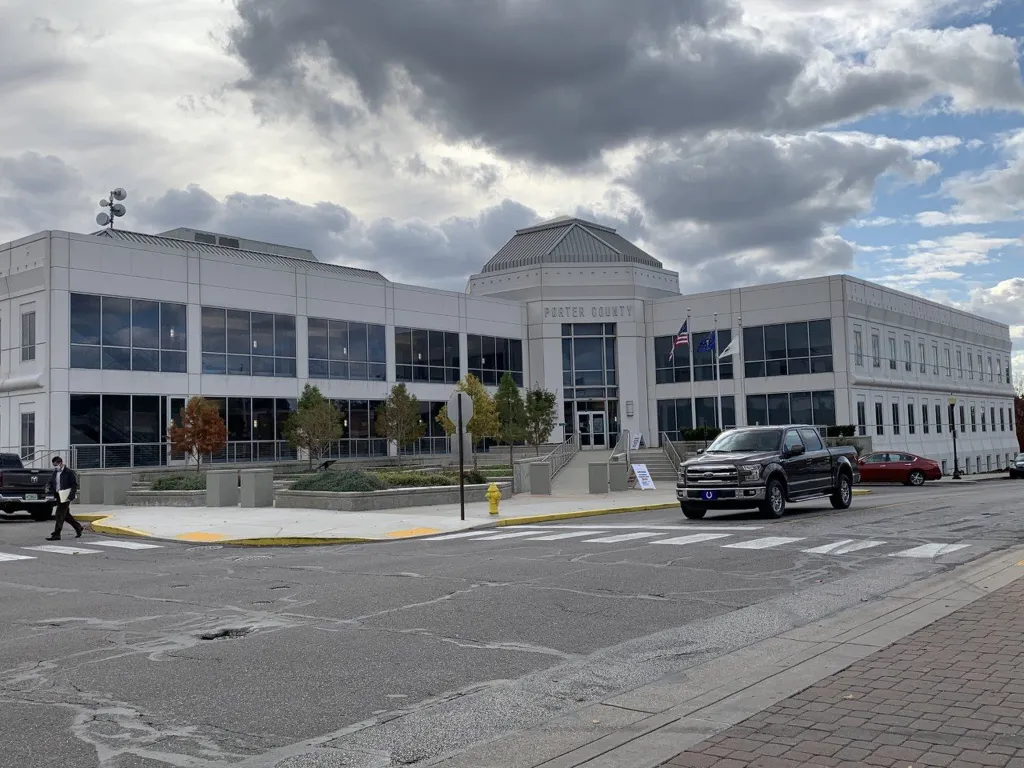By Tom Cheesewright
Copyright independent

What’s more important in business? Being agile, or being efficient? You can’t always be both.
Trains and trucks make a great analogy to explain this. An analogy, I warn you, I will stretch to breaking point in this article. But one that I think is both useful and timely.
Roads and rails
What do you think of when you think of a train? OK, maybe the archetype of the train, not the reality of delays and overcrowded carriages. Trains move between fixed points. They do so on rails. Trains are optimised for efficiency. Built for a single purpose, a single destination, they can go from A to B at the lowest absolute cost.
If you want to move lots of stuff between two distant points on land, then trains are the way to do it. They are cheaper. They release a fraction of the emissions of the equivalent trucks. Trucks are comparatively inefficient. They’re dirty (for now). They’re slower. They can carry a fraction of the load.
I think most businesses can be divided into trucks and trains. And based on the definitions so far, you’d want your business to be like a train, right? Efficient and optimised. After all, every kid wants to be a train driver.
But trucks have one huge advantage: adaptability. Trucks can go almost anywhere. They can change their destination mid-trip. They can route around traffic. Trains cannot. If there are no rails, they can’t go there. If the rails fail, they’re stuck. And train drivers have limited control: they can only brake or go faster.
High frequency change
It’s an oft-quoted trope that we live in times of unprecedented change, and it’s one that I set out to qualify, if not debunk, in my first book, High Frequency Change. My conclusion was that change is too…



